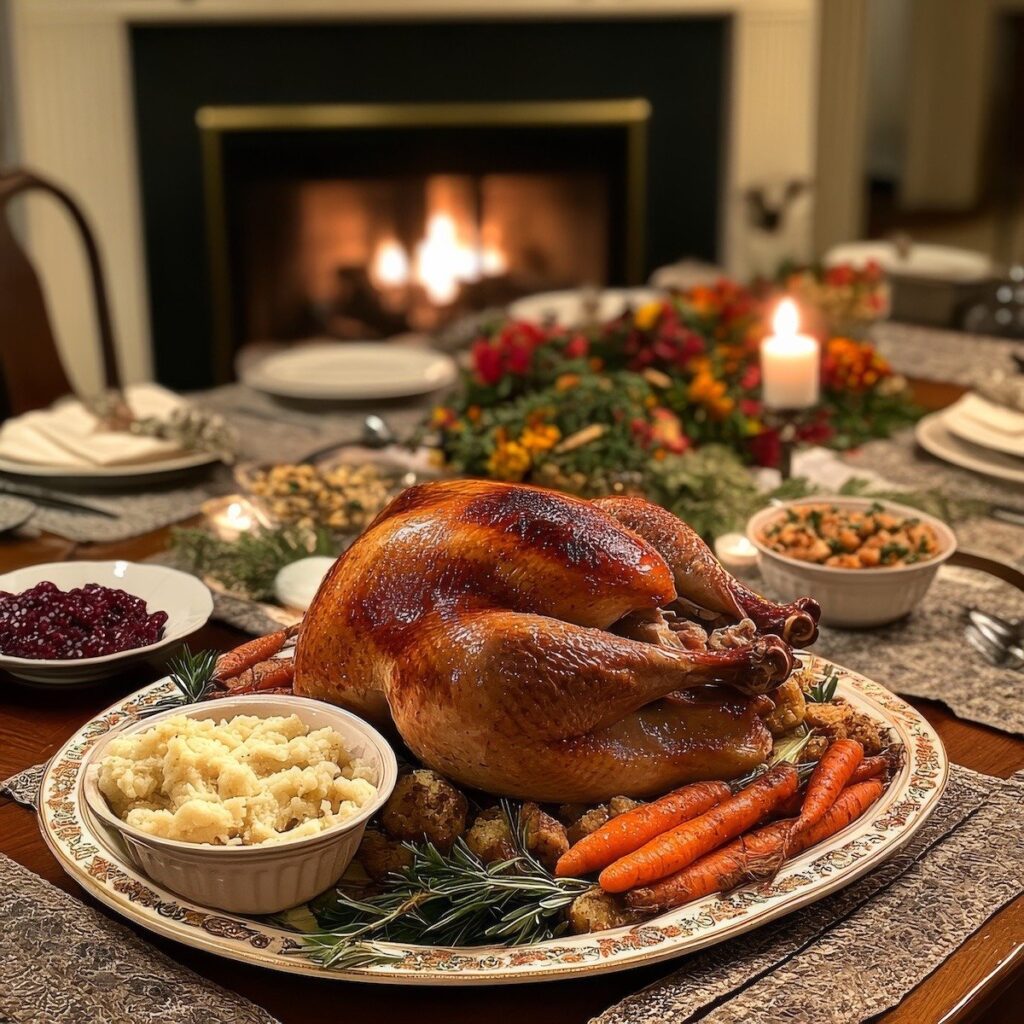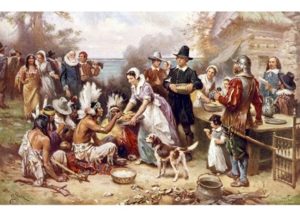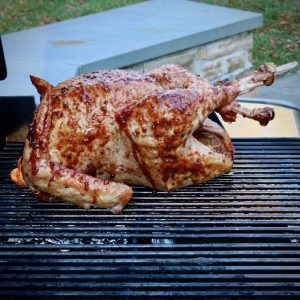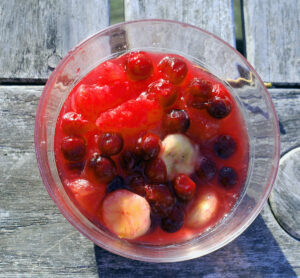Thanksgiving Traditions: When America’s Favorite Dishes First Appeared
Thanksgiving today features classic dishes like turkey, stuffing, mashed potatoes, and pumpkin pie—foods that have become staples on the holiday table. Yet, many of the most popular Thanksgiving dishes have surprisingly recent origins, joining the celebration only within the last century or so.
The earliest Thanksgiving meals in the 17th century featured venison, wildfowl, corn, and root vegetables. Over time, the foods we associate with the holiday evolved. Changing agricultural practices, regional influences, and clever marketing campaigns shaped these traditions.
Mashed potatoes, sweet potato casseroles, and butter-rich pies didn’t exist in their modern forms back then. Early settlers struggled with limited and costly ingredients like sugar, butter, and flour. Potatoes and sweet potatoes weren’t widely cultivated in northern colonies until much later.
As convenience foods and commercially available ingredients transformed American cooking, many Thanksgiving classics emerged. Green bean casserole and candied carrots became staples in this era. Recipes like pecan pie and green bean casserole grew popular thanks to 20th-century advertising. Meanwhile, turkey with bread stuffing and gravy became holiday standards as Thanksgiving celebrations expanded in the 19th century.
This post dives into how these iconic dishes found their way to our tables. Exploring their origins adds depth to the traditions we enjoy. It also highlights how Thanksgiving has grown into a uniquely American celebration of family, food, and gratitude.
The Turkey
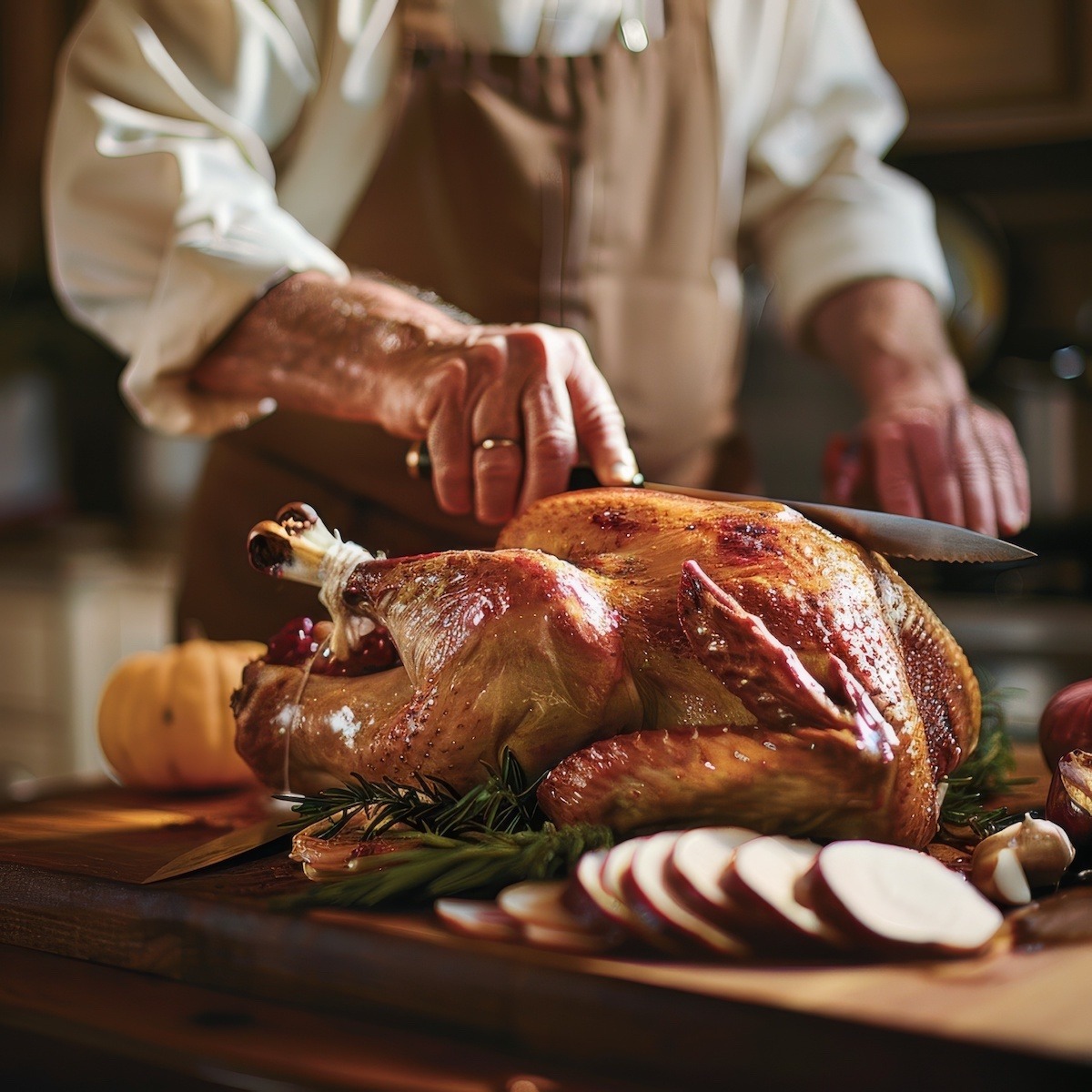 Roast Turkey[/caption]
Roast Turkey[/caption]
Turkey became the centerpiece of Thanksgiving celebrations in the 19th century. While it may have appeared at some early feasts, it wasn’t dominant or universal in the 17th century.
The shift toward turkey happened gradually. Turkeys offered practical benefits—they’re large enough to feed many people, making them perfect for communal meals. They were also more widely available in North America than other meats. Cultural influences in the 19th century further cemented turkey’s place as the main Thanksgiving dish.
Sarah Josepha Hale, editor of Godey’s Lady’s Book, played a major role in this shift. She often wrote about roast turkey in her promotion of Thanksgiving as a national holiday. Then in 1863, President Abraham Lincoln declared Thanksgiving a national holiday, which helped standardize the celebration and its menu.
By the late 19th century, turkey had become a Thanksgiving symbol thanks to its prominence in literature, media, and tradition. Since then, it has remained the iconic centerpiece of the holiday in the United States.
Turkey Gravy
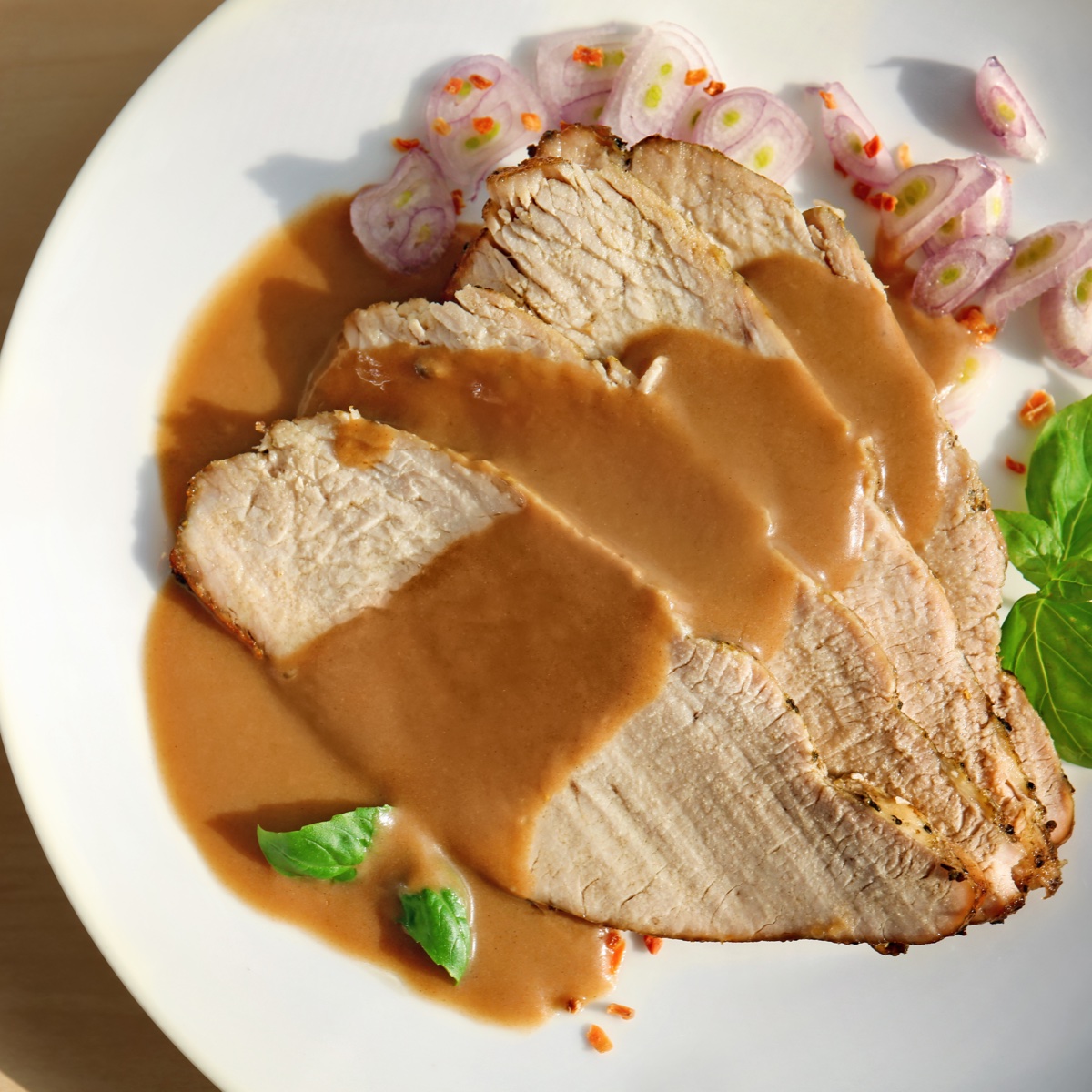
Turkey gravy has long played a key role in Thanksgiving celebrations. It evolved as the holiday meal became more formalized. Early American settlers likely used pan drippings and simple ingredients to make gravies or sauces for roasted meats, including wildfowl like turkey.
As Thanksgiving celebrations standardized in the 19th century, turkey gravy became a fixture on the holiday table. Traditional turkey gravy uses drippings from a roasted turkey, thickened with flour or cornstarch. Cooks often add salt, pepper, and herbs for extra flavor. When turkey became the centerpiece of the meal, gravy naturally followed, enhancing the meat’s flavor and complementing the side dishes.
By the early 20th century, turkey gravy recipes appeared regularly in cookbooks. This helped solidify its place as a Thanksgiving staple. Today, turkey gravy is essential to the meal. It pairs perfectly with turkey, mashed potatoes, stuffing, and even biscuits or rolls. Its rich, savory flavor remains deeply tied to Thanksgiving, and most home cooks consider it a must-have for the holiday table.
Mashed Potatoes
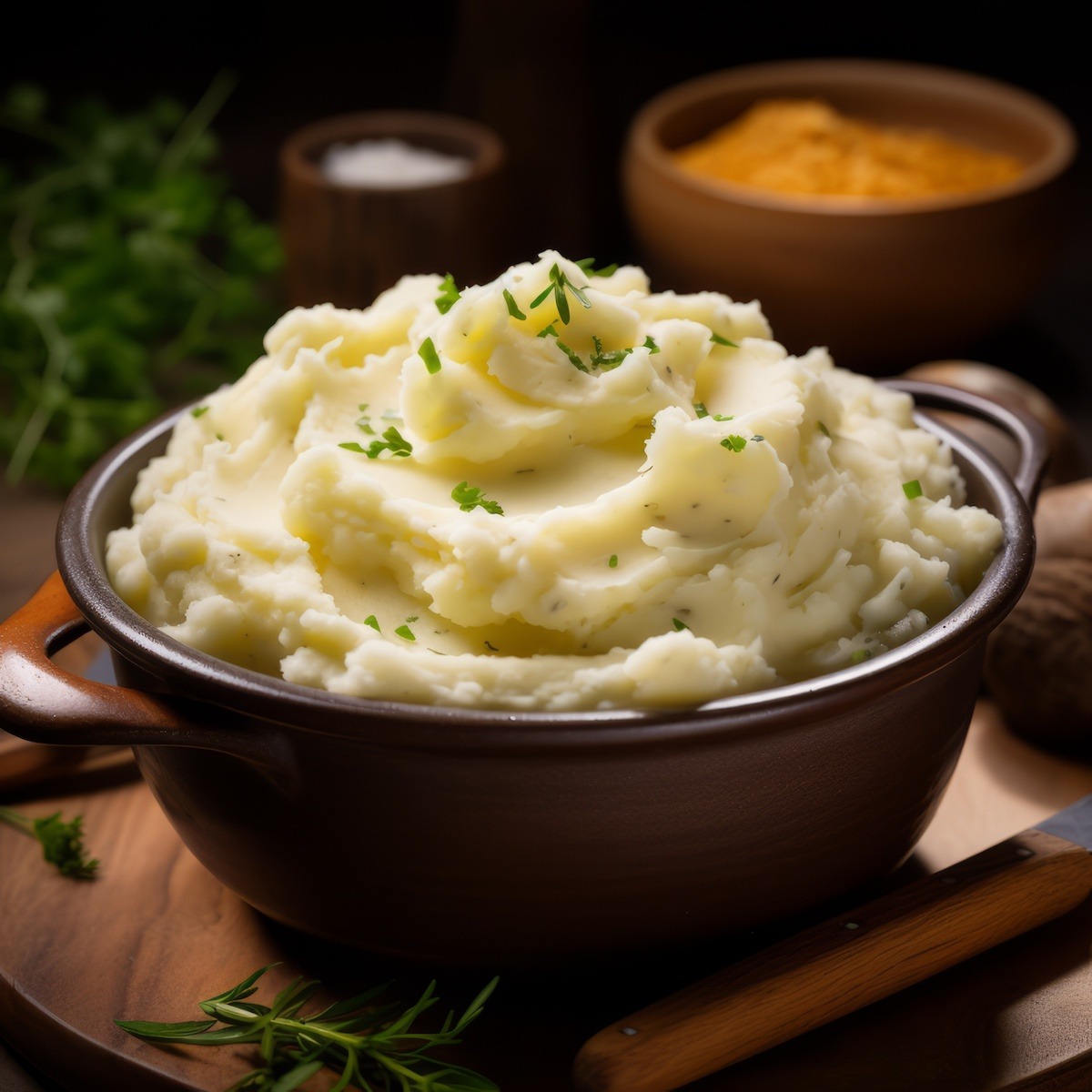
Mashed potatoes are a staple of today’s Thanksgiving meal, but they didn’t appear at early 17th-century feasts. Europeans introduced potatoes from the Americas in the late 16th century. However, settlers in northern American colonies didn’t widely cultivate them until the 18th century.
Early settlers didn’t enjoy the variety of potato dishes we have today. Potatoes were still new to the region and mostly grown in the southern colonies. Settlers typically boiled or roasted them in their skins instead of mashing them.
Over time, potatoes grew more popular. By the 18th century, they had become a common crop. Mashed potatoes, as we know them, didn’t emerge until the 19th century. During this period, butter production improved and became more accessible. Cooks began mashing potatoes with butter, milk, and seasonings to create a smooth and rich side dish. This reflected a broader trend toward more refined cooking in American cuisine.
By the early 20th century, mashed potatoes had become a Thanksgiving favorite. Their creamy texture and ability to complement the meal’s other rich, savory dishes secured their place on holiday tables.
Bread Stuffing
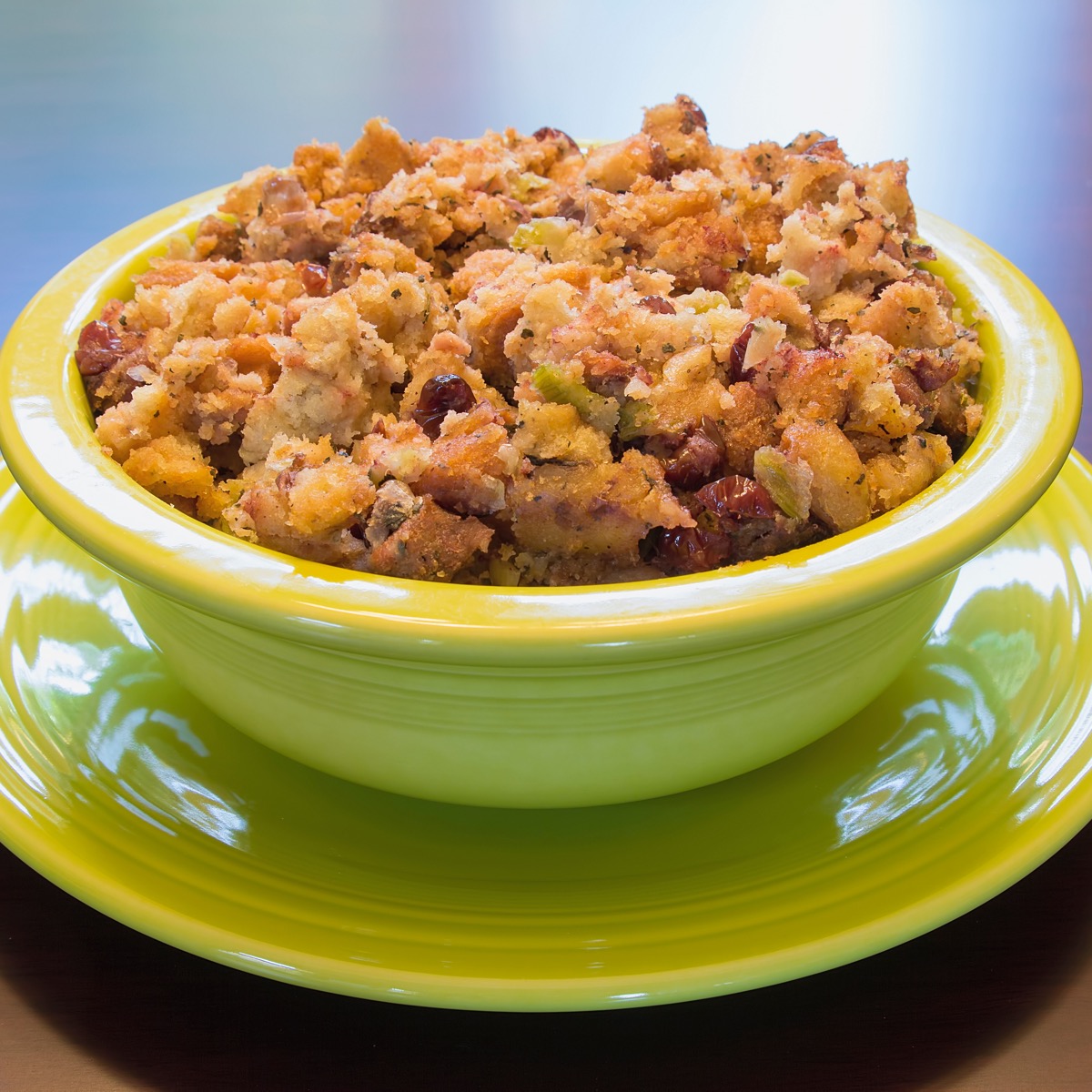
Bread stuffing, especially for turkey, became popular in the United States during the 19th century. However, the practice of stuffing meats dates back much further. Cultures around the world had long stuffed meats and poultry to add flavor, moisture, and bulk before settlers arrived in America.
In the 17th century, early settlers likely used simple stuffings made from grains like cornmeal or rice, combined with herbs, nuts, and local ingredients. Bread stuffing wasn’t common yet. Bread became more widely used in stuffing during the 18th century as wheat production increased and bread-making grew more common in American households.
By the early 19th century, bread stuffing made with stale bread, herbs, onions, celery, and butter gained popularity. The rise of baking and the availability of wheat flour helped establish bread stuffing as a staple in American cooking.
Stuffing became closely tied to Thanksgiving after President Abraham Lincoln declared it a national holiday in 1863. As turkey became the centerpiece of the meal, stuffing it with bread-based mixtures became a widespread tradition. By the early 20th century, bread stuffing had secured its place as a classic Thanksgiving dish.
Cranberry Sauce
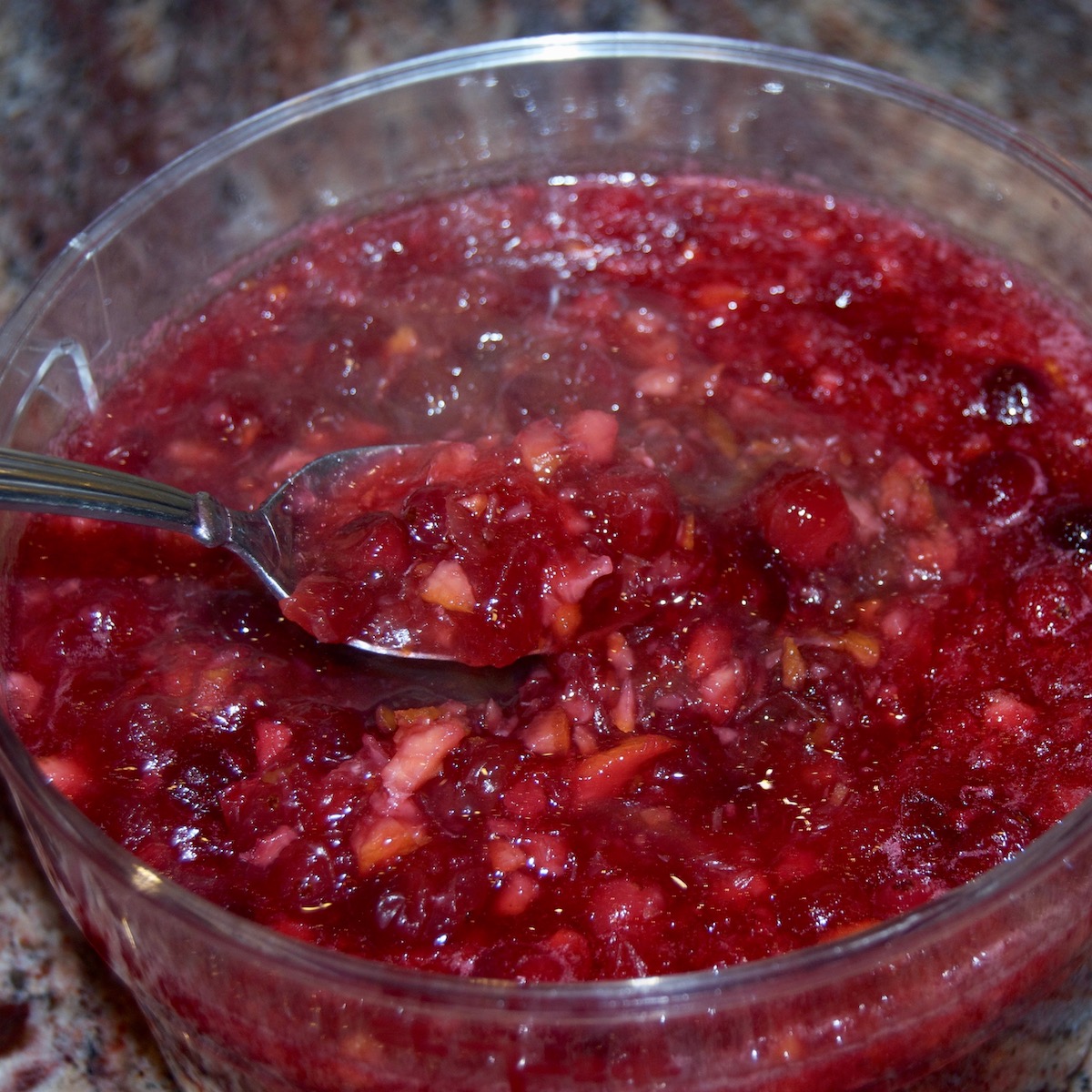
Cranberry sauce, as we know it today, didn’t appear at the original 17th-century Thanksgiving feasts. Early settlers used cranberries in savory dishes like stews or to flavor meats. Sweetened cranberry sauce wasn’t yet part of the meal.
The shift to sweetened cranberry sauce began in the 19th century. As Thanksgiving became a national holiday, sugar production expanded, and sugar became more accessible. This made it possible to sweeten cranberries, transforming them into the iconic sauce we recognize today.
Cranberry farming flourished in the late 19th century, especially in Massachusetts and New Jersey. With more cranberries available, cranberry sauce started appearing at Thanksgiving meals. By the early 20th century, canned cranberry sauce made it even easier to add this sweet and tart dish to the holiday table.
Today, cranberry sauce is almost as iconic as turkey at Thanksgiving. However, it took over 200 years after the first Thanksgiving for this beloved tradition to take root.
Green Bean Casserole
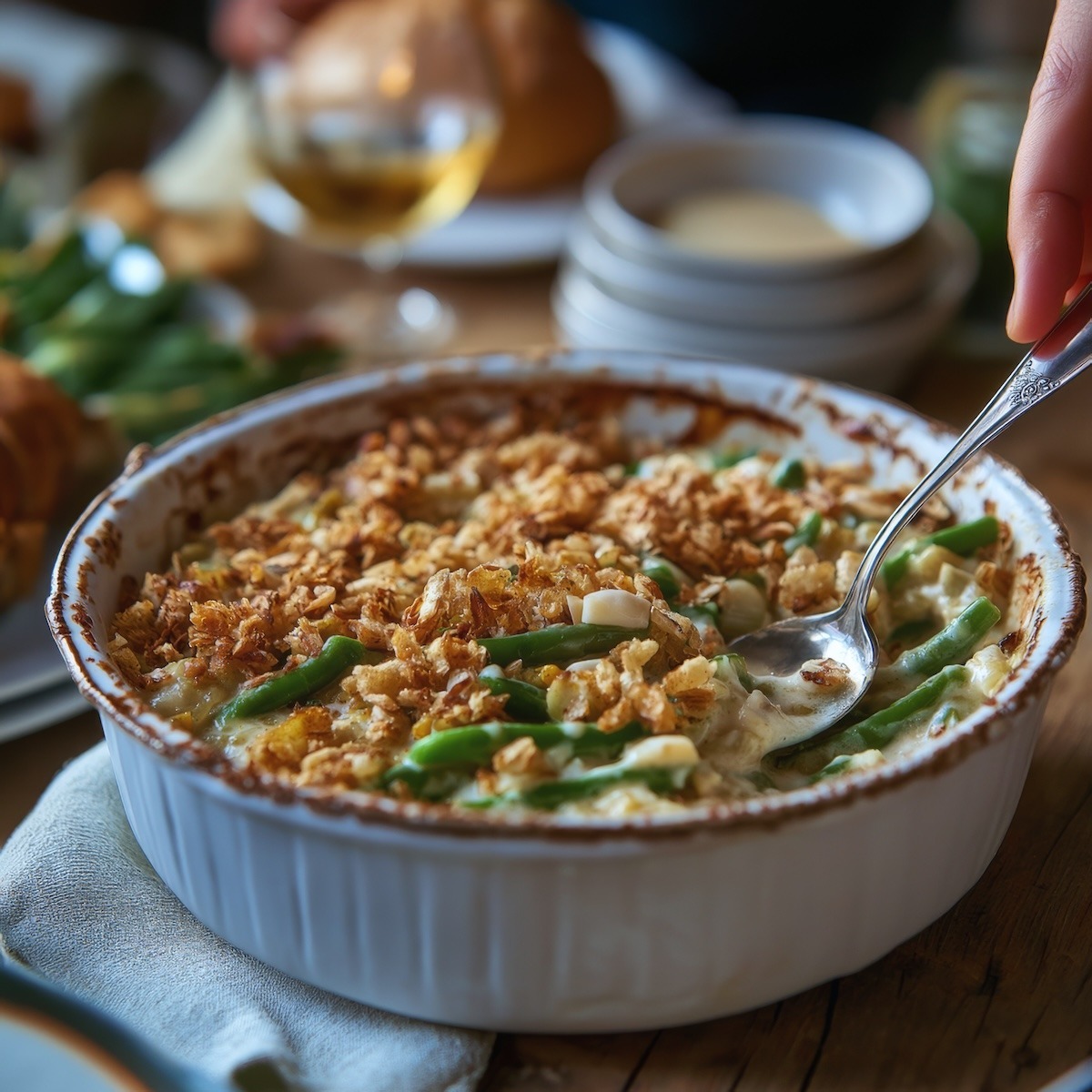 Classic Green Bean Casserole[/caption]
Classic Green Bean Casserole[/caption]
Green bean casserole became a Thanksgiving classic in 1955 when the Campbell Soup Company introduced it. Dorcas Reilly, a supervisor in Campbell’s test kitchen, created the recipe using just five ingredients. She designed the dish to highlight Campbell’s Cream of Mushroom Soup.
The goal was simple: create an easy, affordable side dish with pantry staples most American households already had. The ingredients included canned green beans, cream of mushroom soup, milk, soy sauce, and canned fried onions.
Campbell’s aggressively promoted the recipe, especially during Thanksgiving. Families quickly embraced it for its convenience, low cost, and ease of preparation. By the 1960s, green bean casserole had firmly established itself as a Thanksgiving tradition across the United States.
Today, green bean casserole remains a beloved holiday dish. People cherish its nostalgic charm and simplicity, often sticking to the original recipe or adding personal touches to make it their own.
Candied Carrots
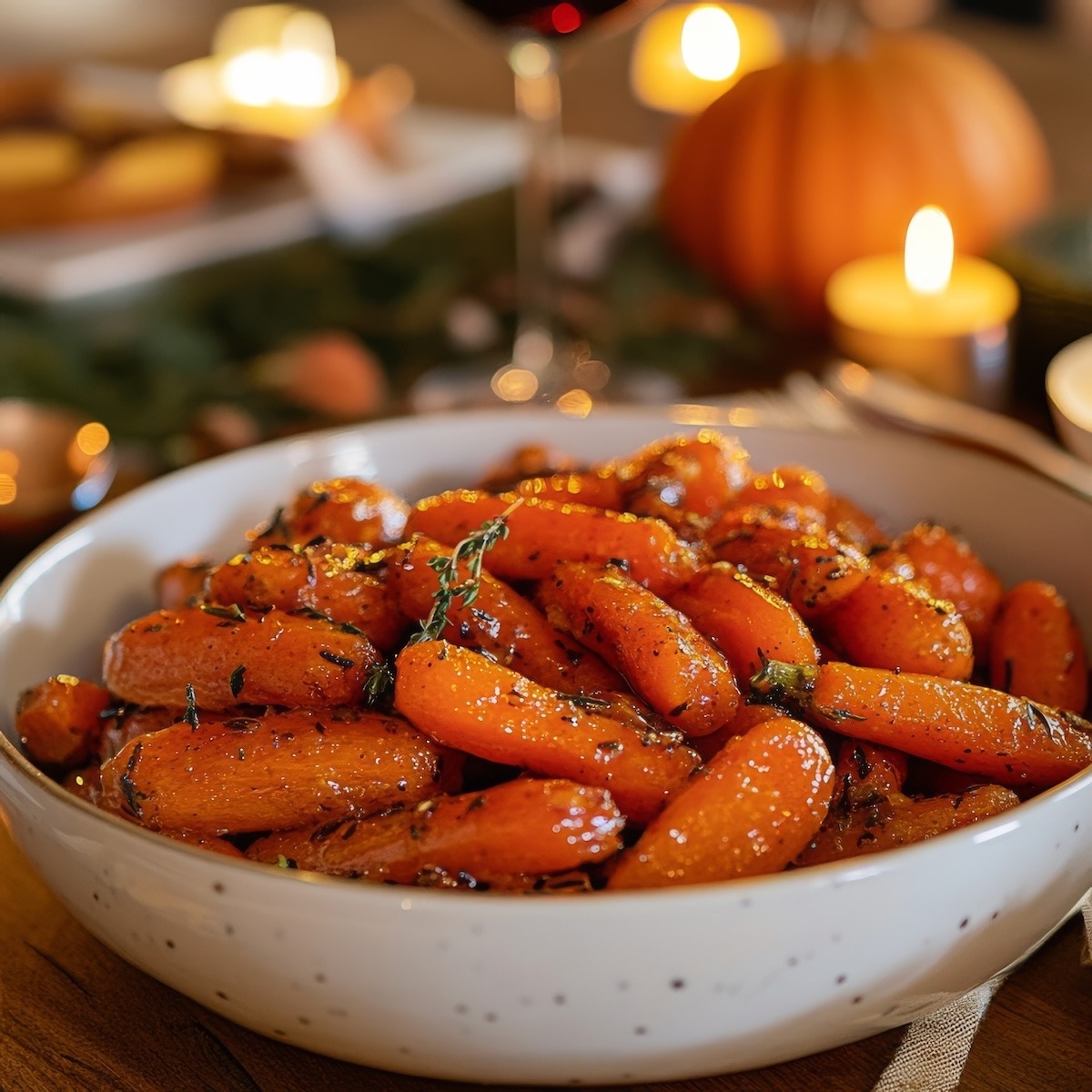 Candied Carrots[
Candied Carrots[
Candied carrots became a popular Thanksgiving side dish in the mid-20th century. However, the practice of sweetening vegetables goes back much further. European cuisines often used glazes and sweet sauces, like sugar, honey, or syrup, to enhance the flavors of root vegetables, especially for festive meals.
In the early to mid-1900s, sweetened vegetable dishes gained popularity in the United States. Dishes like sweet potatoes with marshmallows or candied yams reflected the growing preference for sweeter holiday foods. Candied carrots followed this trend, offering a buttery, sweet side that paired well with other Thanksgiving flavors.
By the 1950s and 1960s, candied carrot recipes appeared in many American cookbooks. These recipes emphasized their simplicity, quick preparation, and appeal to children. The dish’s bright color and sweet taste made it a visually appealing addition to the table, adding variety and balancing the savory flavors of turkey and stuffing.
Today, candied carrots remain a popular Thanksgiving side dish. While not universal, they are a favorite among families who enjoy sweetened vegetables as part of their holiday traditions.
Pecan Pie
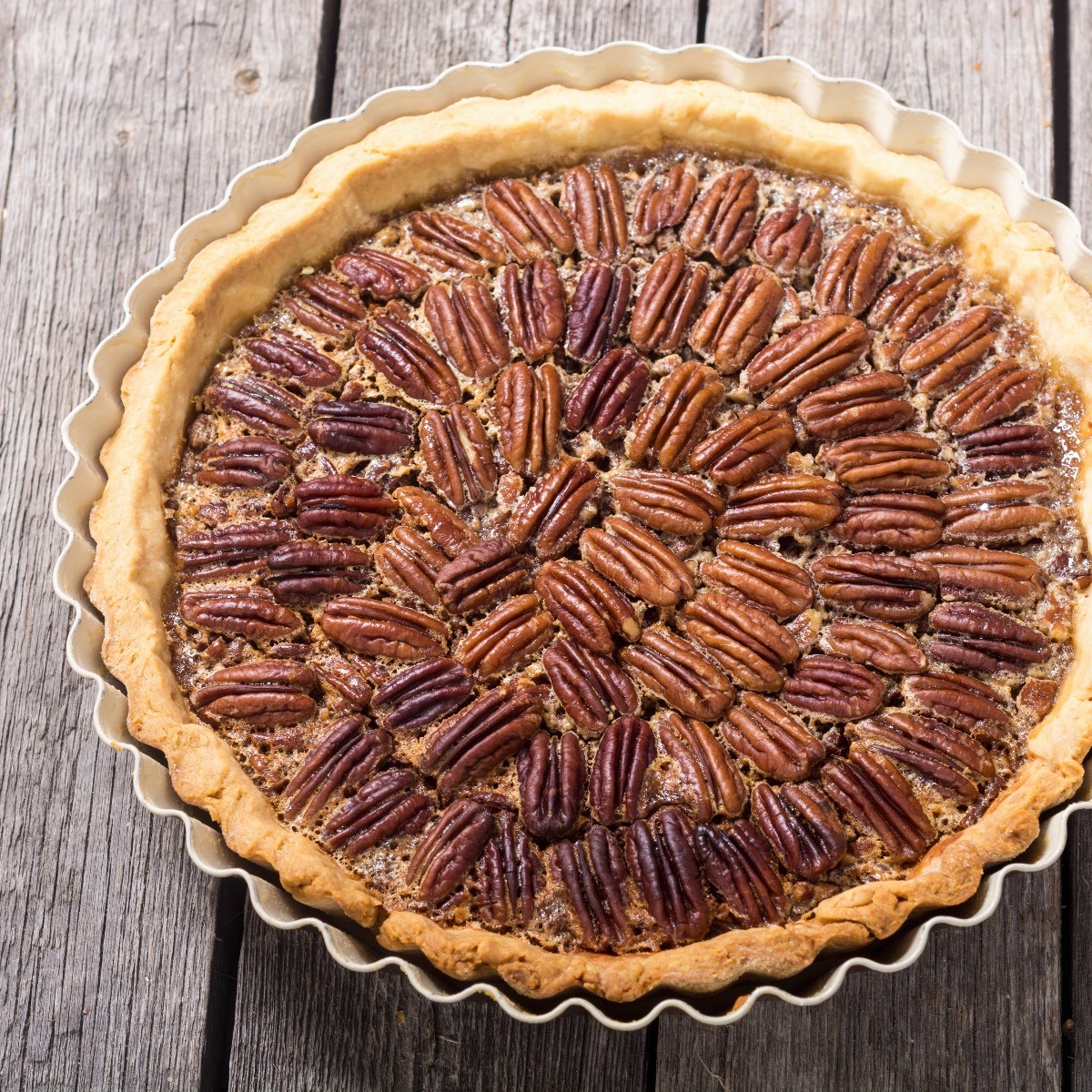
Pecan pie became a popular Thanksgiving dessert in the early 20th century, but its roots stretch back to the late 19th century. The pie likely originated in the South, where pecans were plentiful. While using nuts in pies dates back centuries, the first recipes for modern pecan pie appeared in Southern cookbooks in the late 1800s.
The syrupy filling sets pecan pie apart. It’s typically made from corn syrup, sugar, eggs, and butter. This combination became possible with the introduction of corn syrup in the late 19th century. Its smooth, sweet texture made the filling easier to prepare and helped the pie gain popularity.
In the 1920s, Karo Syrup, a leading corn syrup brand, promoted pecan pie recipes in its advertisements. These campaigns boosted the pie’s reputation as a Southern specialty and eventually as a Thanksgiving staple nationwide.
By the mid-20th century, pecan pie had become a Thanksgiving favorite. Its rich, sweet flavor and simple preparation made it a go-to dessert. Today, it remains a beloved treat, especially in the South, and a classic addition to Thanksgiving celebrations across the United States.

